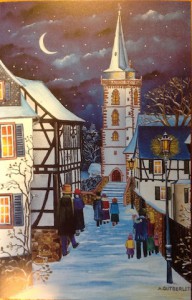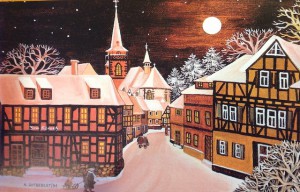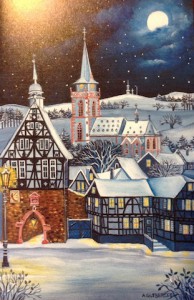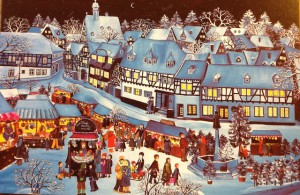Our popular local graffiti artist, Markus ‘Canister’ Janista, passed away last summer. His life has come to an end, but his art lives on.
I’ve only known him as the artist who beautifies the grey and smudgy junction boxes (German: Stromverteilerkasten) around town.
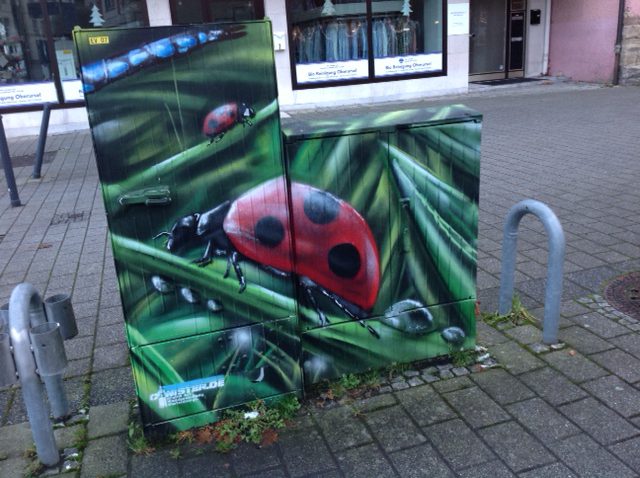
Ladybug – Street Art by Markus Janista
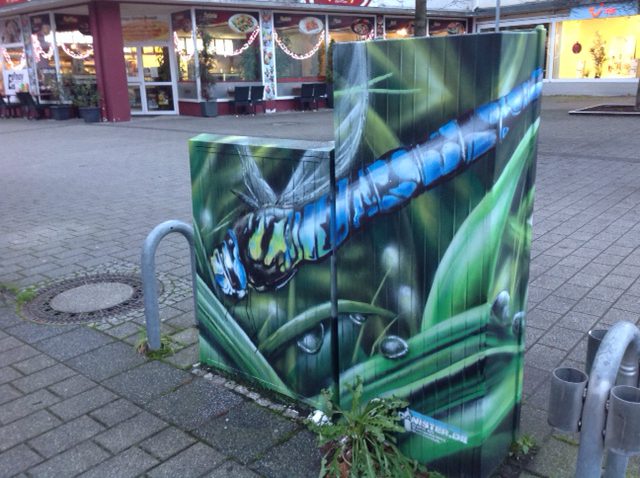
Dragonfly – Street Art by Markus Janista

